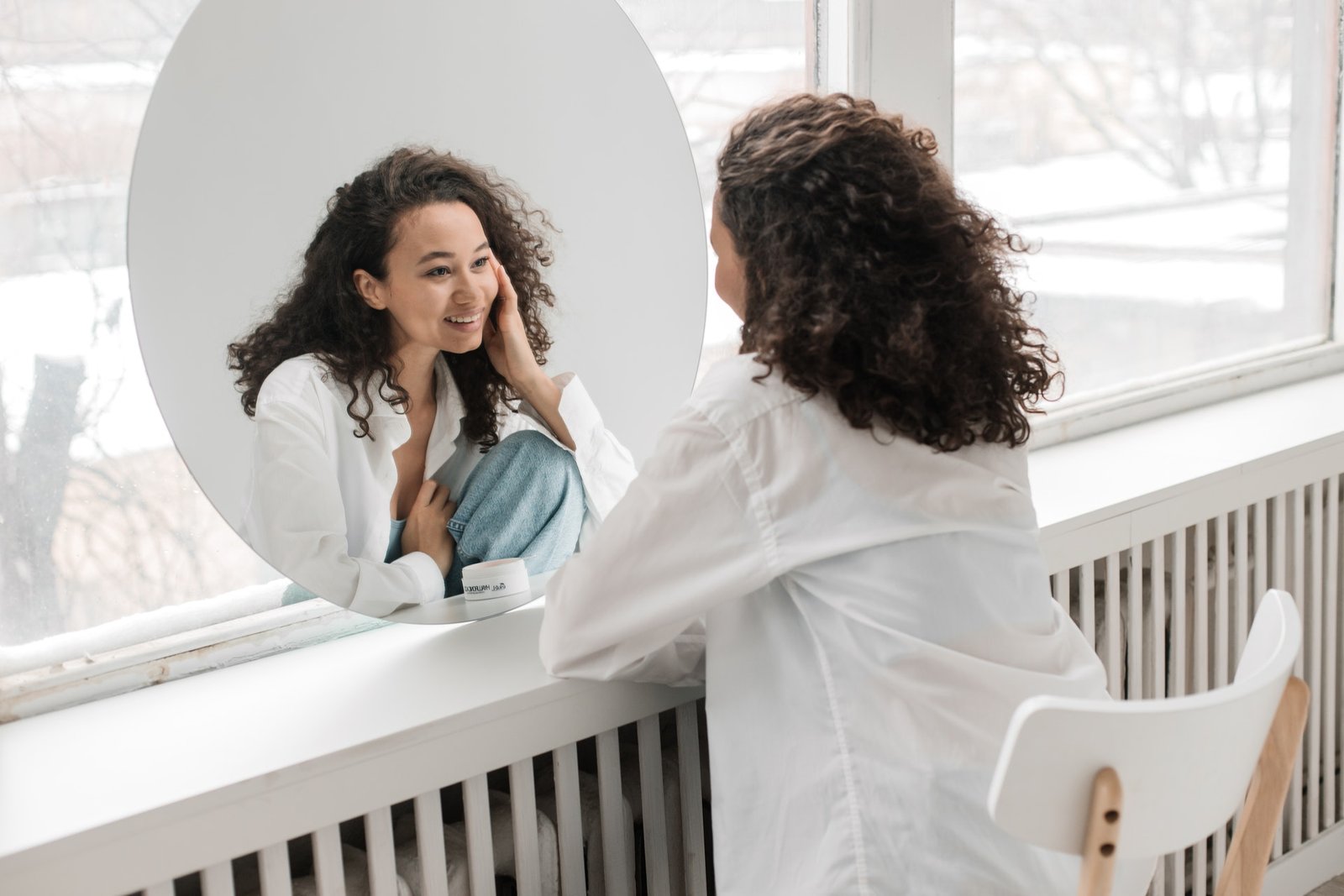Step into any formal gathering—a wedding, a gala, a boardroom—and you’ll see a sea of navy, charcoal, and black.
Safe choices. Expected choices. But every so often, one look pulls the air slightly tighter, not because it’s loud, but because it’s intentional. The fabric catches the light differently. The hue carries an unspoken confidence. This is where formal attire trends are shifting: toward garments that communicate, that carry the same energy as a handshake, a knowing glance, a decisive word.
In a cultural moment obsessed with authenticity, style becomes more than presentation—it becomes translation. And color, when used deliberately, can be one of the clearest statements you make without uttering a single sound.

The Unseen Rulebook That Keeps Us in Grey
Most of us inherit a silent dress code: formal means muted, conservative, unremarkable. It’s the default so ingrained that we barely notice it. Black ties. Navy blazers. Charcoal trousers. We believe this is what “respect” looks like in fabric form. But what if that default has been quietly flattening individuality for decades?
Picture walking into a reception wearing a Dark Brown Suit. Not a costume, not a gimmick—just a warm, saturated tone that feels both rooted and distinct. It doesn’t fight for attention; it earns it. The richness of the color changes the way people see the wearer, suggesting thoughtfulness, depth, and a willingness to stand outside the usual palette.
Breaking the neutral spell isn’t about rebellion—it’s about choice. The real elegance lies in wearing something that reflects you, rather than the safe idea of what “formal” is supposed to be.
A New Lens on Formal Dressing
Here’s the truth: formality isn’t defined by color, it’s defined by intention. We’ve been taught to think of bold colors as casual, playful, or risky, when in reality, the right tone in the right cut can elevate a look beyond the standard suit.
A deep forest green can read as sophisticated as black. Burgundy can feel as commanding as navy. And yes, a vibrant blue—handled correctly—can balance both energy and elegance. Think of a Bright Blue Suit. Its impact doesn’t come from shock value, but from clarity. It tells the room: I’m here with purpose, and I’ve dressed like I mean it.
The shift is simple: stop asking whether a color is “formal enough” and start asking whether it’s “true enough” to you. When the answer is yes, formality naturally follows.
The Quiet Power of Standing Apart
There’s an irony in bold dressing: when done well, it doesn’t actually look bold—it looks inevitable. The person wearing it seems entirely at ease, and that ease transforms the suit from fabric into presence. This is the sweet spot of modern formalwear: not trying to be noticed, but being impossible to ignore.
Your Wardrobe as a Conversation
A suit can be armor, but it can also be a language. Choose colors that tell your story, not someone else’s rulebook. In the evolving landscape of formal attire trends, individuality is the new elegance. Whether that’s a rich earth tone or a precise shade of blue, let it speak for you.
Because at the end of the night, the question isn’t whether you looked “appropriate.” It’s whether your presence left an imprint. And sometimes, the surest way to be remembered is simply to show up in your truest colors.





